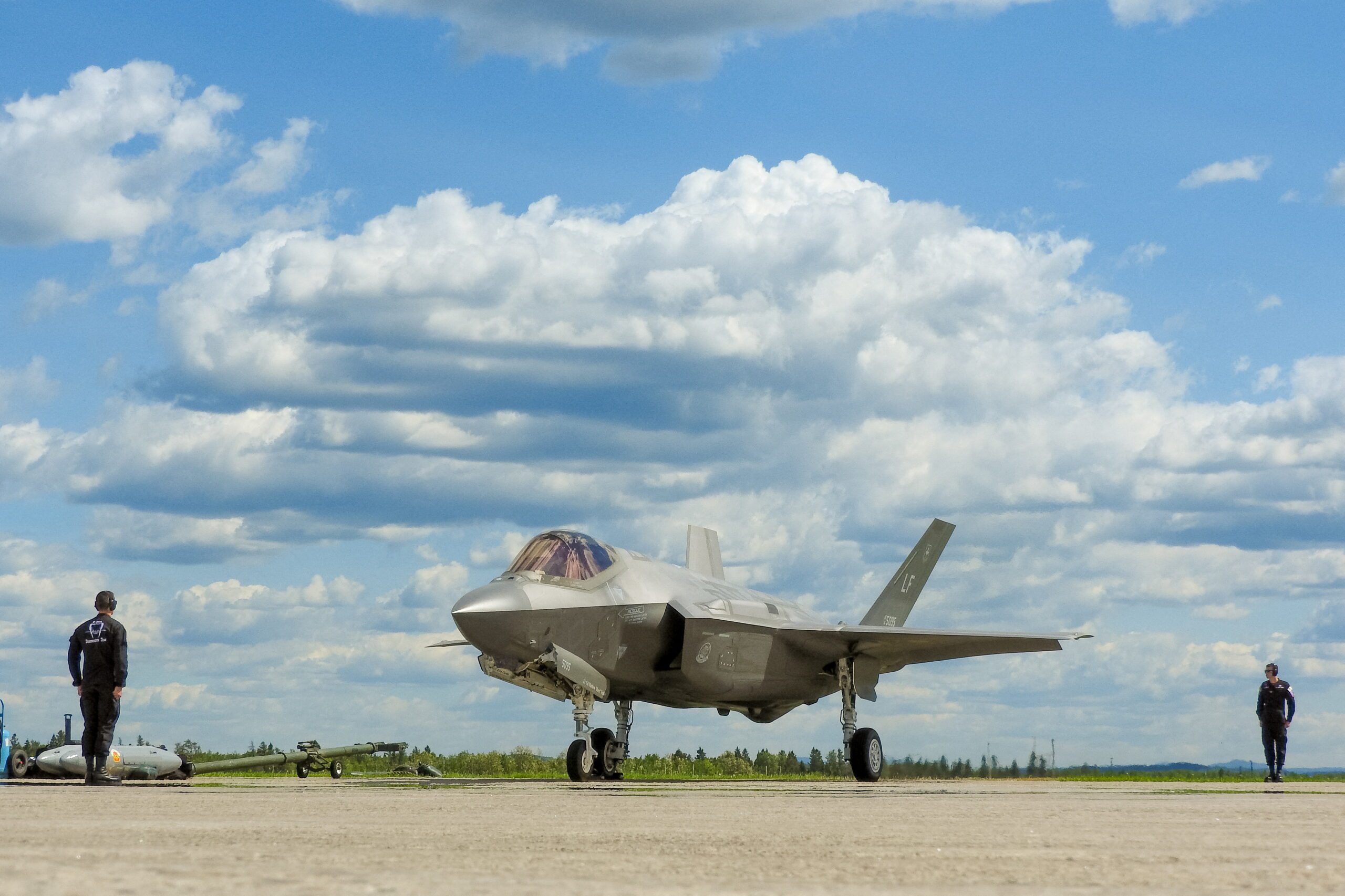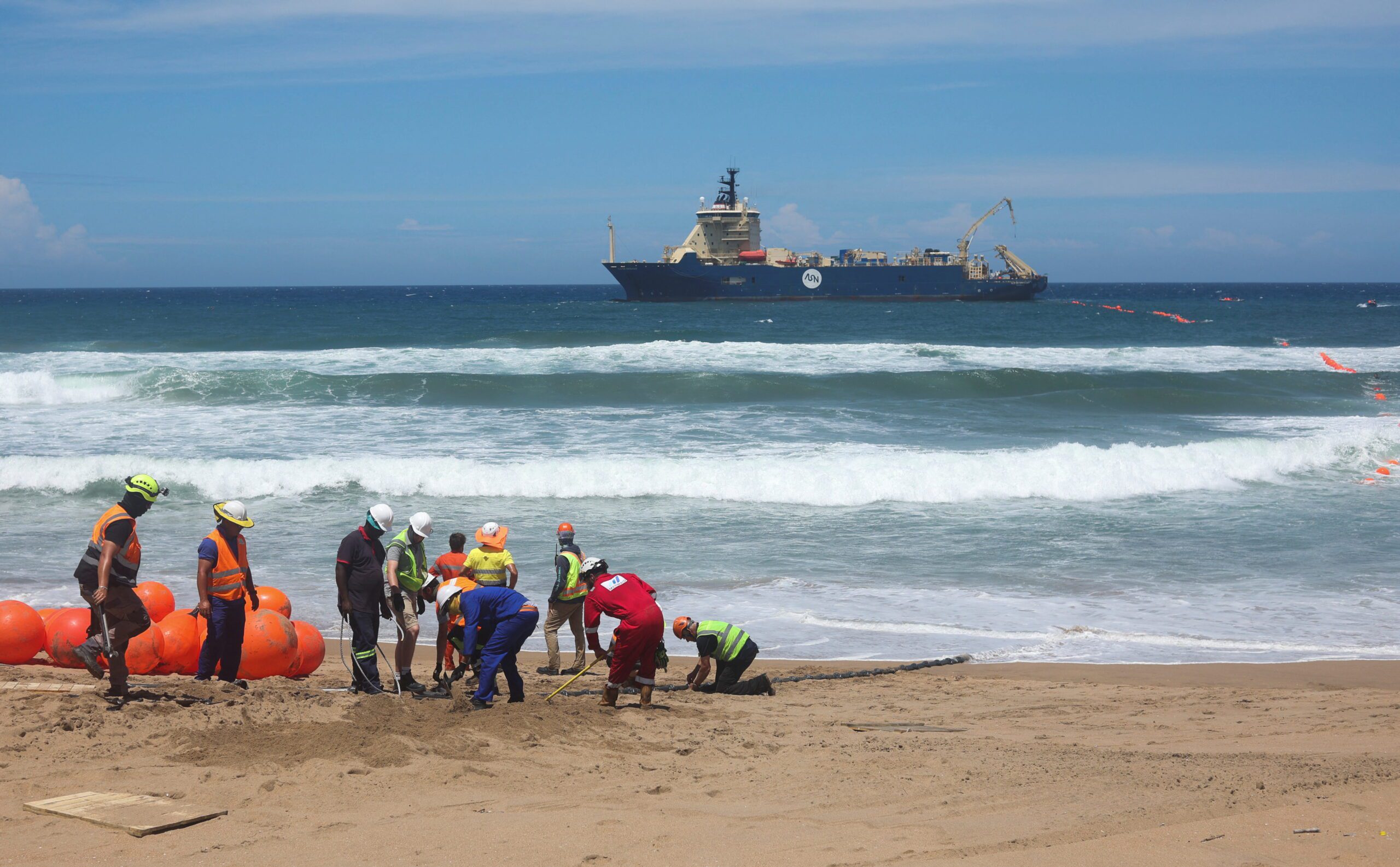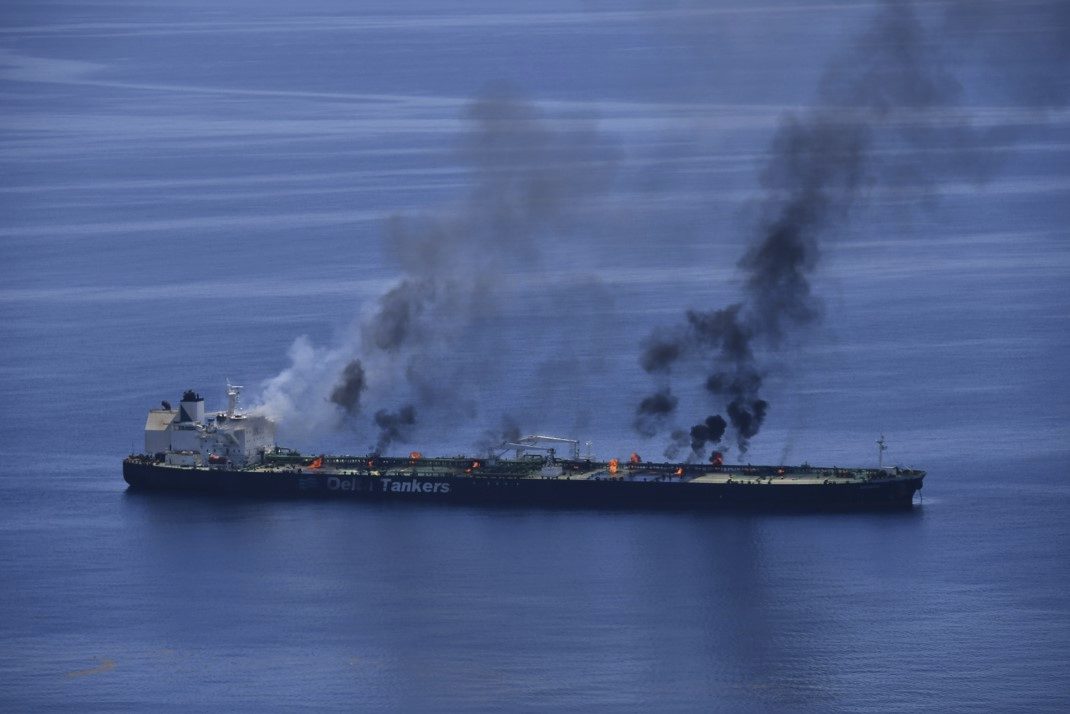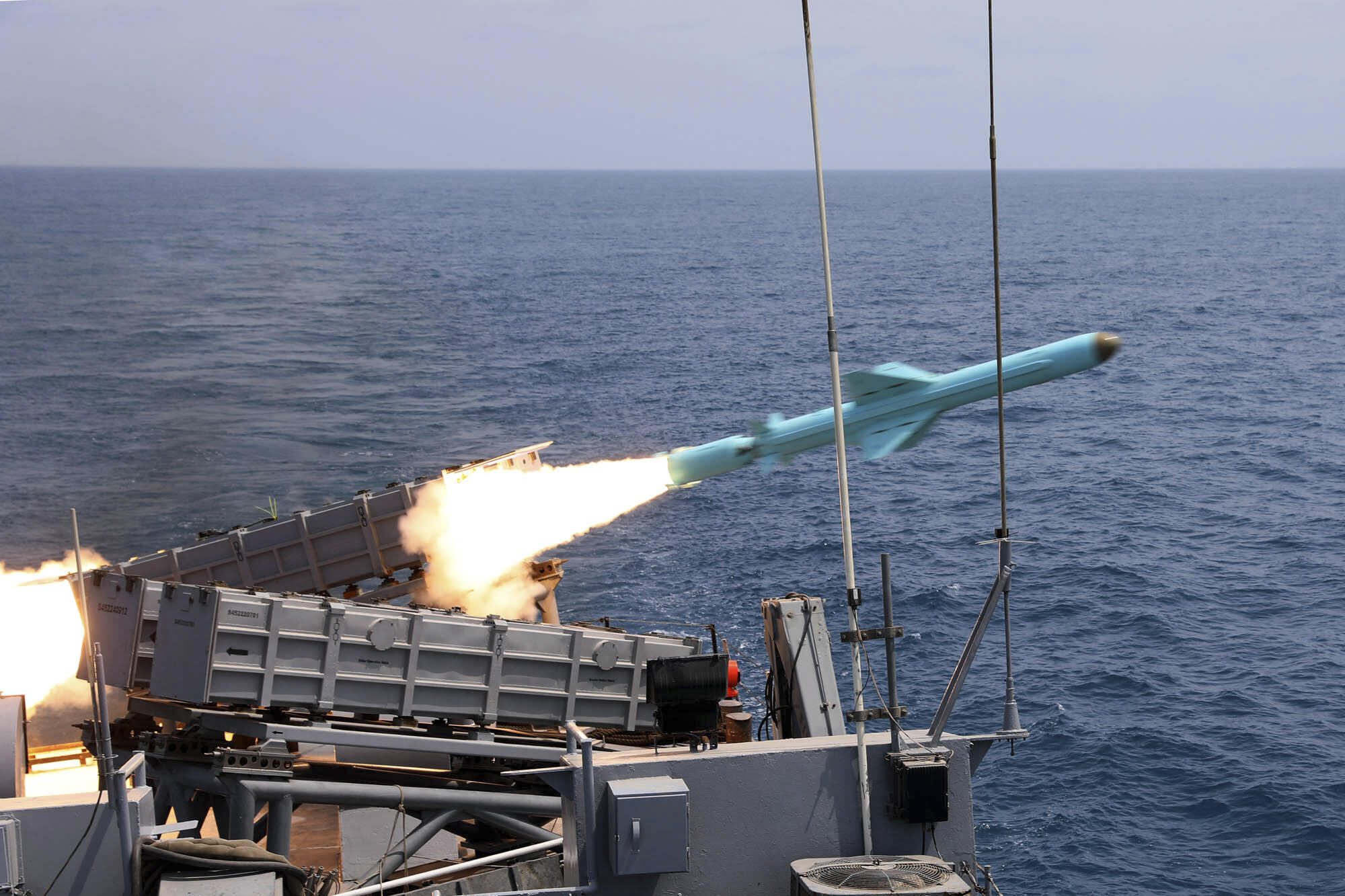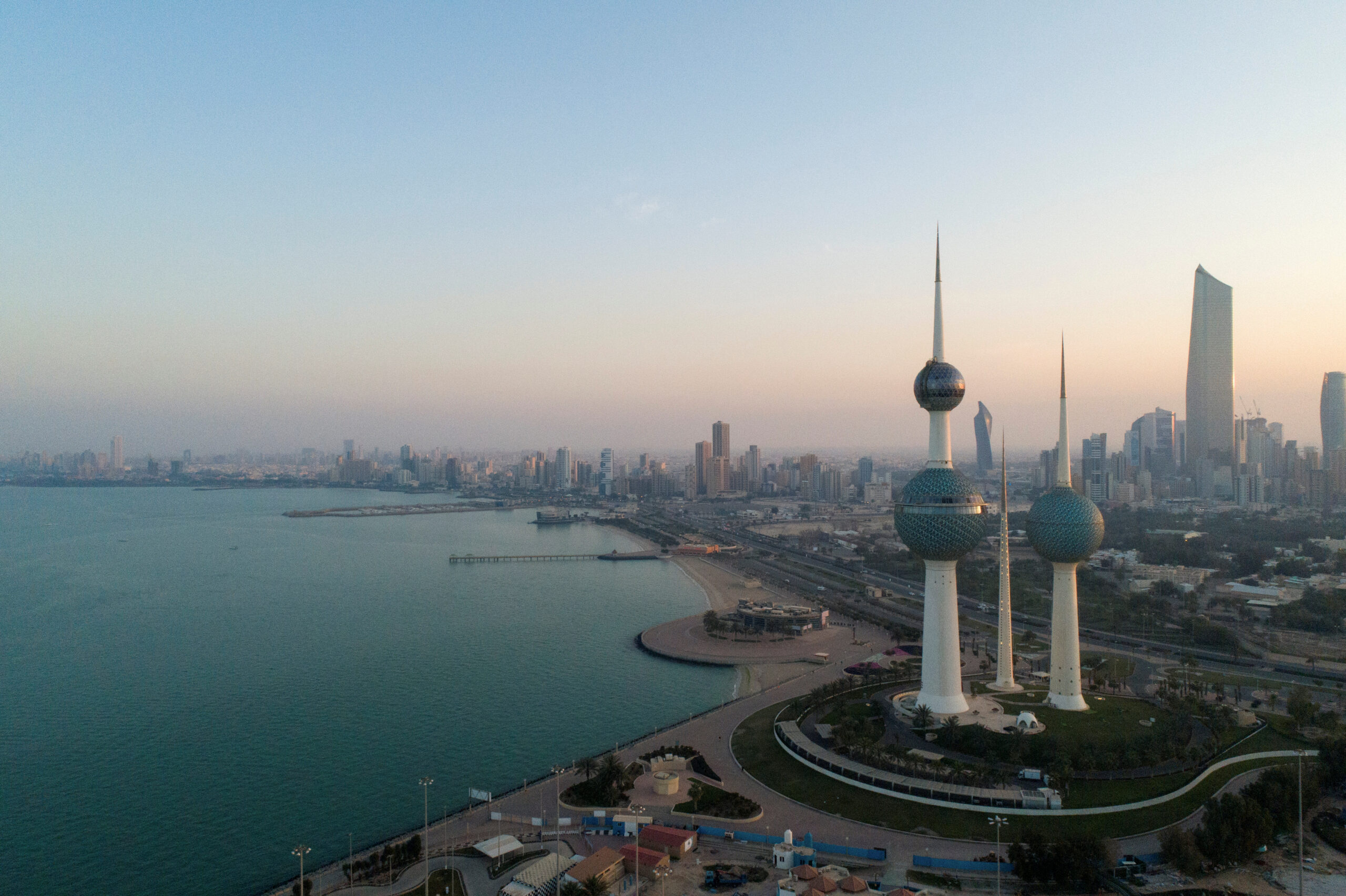The Mixed Record of U.S. Aircraft Carriers in the Middle East
The protracted presence of aircraft carrier strike groups has only partially restored U.S. deterrence and comes with significant economic and strategic costs.
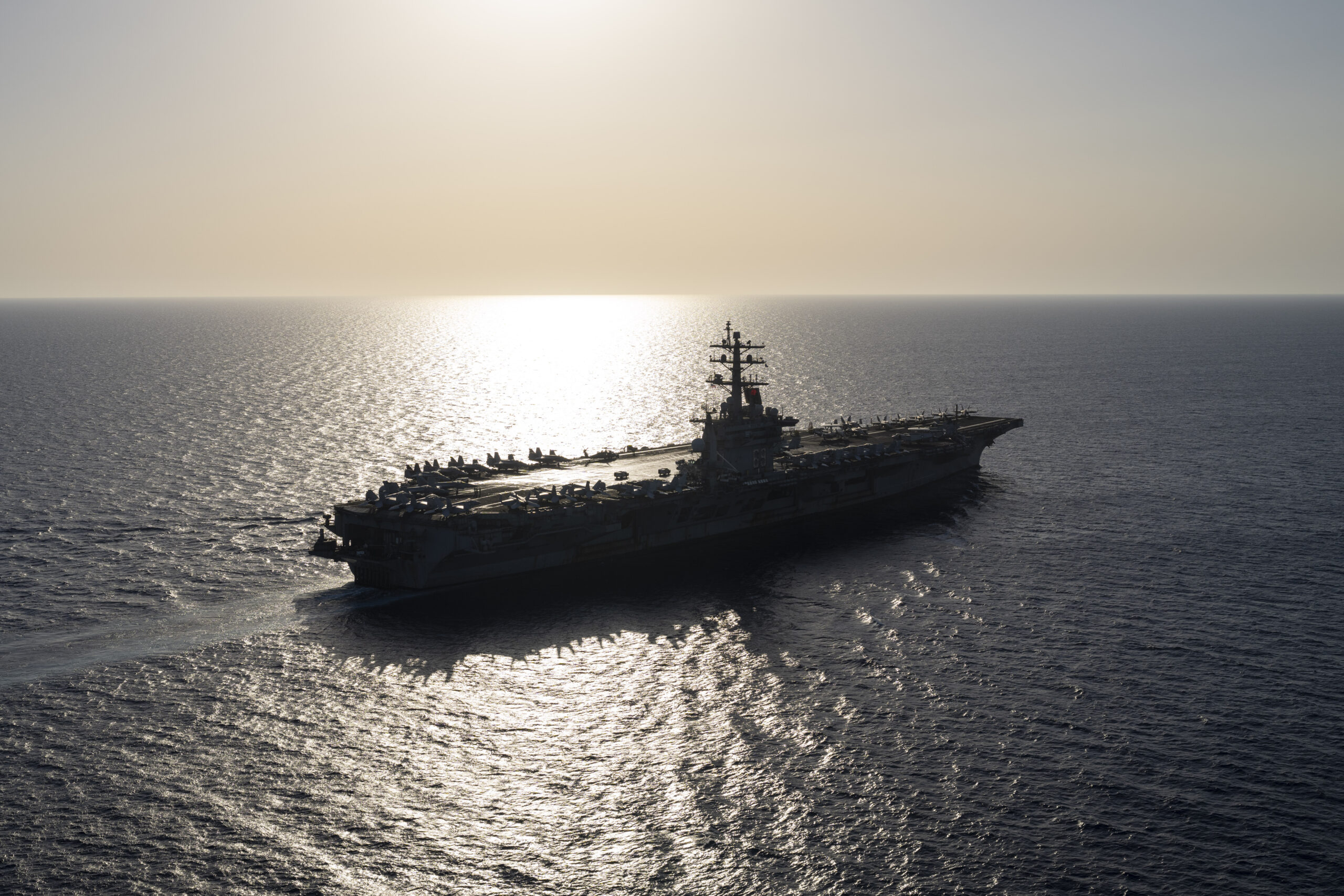
In mid-September, the Nimitz aircraft carrier anchored off the coast of the United Arab Emirates in its second visit to Gulf waters in less than a month. These were the first deployments of a U.S. aircraft carrier to the Gulf since the Dwight D. Eisenhower, known as “Ike,” spent two weeks on station in late 2023.
Over the two years following the October 7, 2023 Hamas attacks on Israel, Washington has markedly increased the tempo of aircraft carrier strike group deployments to Middle Eastern waters, underscoring the enduring centrality of sea-based air power projection in its deterrence strategy. Yet, while this sustained presence has reinforced perceptions of U.S. military superiority over regional adversaries, it has also exposed the operational strains, strategic trade-offs, and vulnerabilities of maintaining prolonged carrier deployments in a high-threat environment.
Enduring Deployments
Since October 2023, seven U.S. aircraft carriers and their escorts have rotated among the eastern Mediterranean, Red Sea, Arabian Sea, and Gulf. The pace and density of these deployments reflect a recalibration of U.S. force posture in response to overlapping regional security crises.
U.S. carrier deployments just after the Hamas attacks were aimed at bolstering Israel’s defensive architecture to prepare for regional escalation. The Gerald R. Ford, already stationed in the Mediterranean, was moved closer to Israeli waters, while the Ike was redeployed from the western Atlantic.
However, the United States rapidly shifted priorities after the Houthis began launching attacks against commercial shipping vessels in the Red Sea in November 2023. Protection of international sea lanes in the Red Sea became a parallel mission, prompting the Ike to reposition in the waters off the Arabian Peninsula. Since then, Washington has sought to maintain two aircraft carriers on station in the Middle East or at least have significant temporal overlaps between deployments.
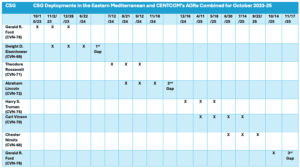
Source: Data compiled by the author, USNI News Fleet, and Marine Tracker
With the Houthis elevated to a first-tier threat to U.S. regional security interests, carrier strike groups became critical for both defensive and offensive operations. Their embarked air wings formed a significant component of the U.S.-led Operation Prosperity Guardian launched in December 2023 to safeguard Red Sea shipping lanes.
Carrier strike groups were particularly central to two offensive airstrike campaigns against Houthi targets in Yemen: Poseidon Archer and Rough Rider. With significant differences in scale, both operations aimed to degrade the Houthis’ war-fighting capabilities by targeting weapon stockpiles and manufacturing hubs, logistics nodes, command centers, and ready-to-launch systems. Poseidon Archer, launched in January 2024 under the administration of President Joseph R. Biden Jr., was a yearlong, 276 strike campaign. Rough Rider, from mid-March to early May under the administration of President Donald J. Trump, more forcefully worked to restore freedom of navigation and reestablish U.S. deterrence with more than 1,100 strikes in 52 days. Ultimately, carrier-based power projection compelled the Houthis to meet Washington’s demands to stop attacks on U.S. ships, even as the Houthis continued to target Israel and broader commercial traffic.
Reliance on carriers was not only doctrinal but also dictated by political constraints. Regional partners, wary of Houthi retaliation, restricted the use of key air bases in the UAE and Saudi Arabia. Carriers thus became the only viable platforms for sustained operations.
Except for two short gaps, a 20-day hiatus in mid-2024 and a 1-month gap later that year, the U.S. Navy maintained an uninterrupted presence in Middle East waters from late 2023 until recently, with the departure of the USS Gerald R. Ford. Unlike the previous pauses, this absence stems less from operational strain than from an easing in open hostilities.
Yet, considering the limited numbers of deployable carriers, competing global commitments, and tightening maintenance cycles, sustaining this dual-carrier posture for nearly two years has come at steep costs and revealed structural constraints. To maintain this significant military buildup in the Middle East, Washington extended deployments of carriers on station and redeployed assets from other operational theaters. In a full mission deployment, a carrier strike group, comprising the aircraft carrier and a minimum of three escort ships, has at least 6,500 personnel. Prolonging deployment, especially in a high-risk environment, such as the Middle East, negatively impacts the stress levels and morale of embarked military personnel. And moving assets from one theater to the other leaves critical gaps in coverage of strategic regions, such as the western Pacific.
Risks
While aircraft carriers remain a cornerstone of U.S. military superiority, the recent deployments to the Middle East have exposed key vulnerabilities associated with stationing these high-value assets in active combat zones, highlighting the inherent limitations of carrier-based deterrence against both hybrid threats and unforeseen noncombat incidents.
On December 22, 2024, a U.S. Navy F/A-18F Super Hornet was downed in a friendly fire incident over the Red Sea by a missile interceptor launched from the Gettysburg, a Ticonderoga-class guided-missile cruiser. It is unclear whether the aircraft was conducting an aerial refueling mission or responding to an incoming hostile threat. A fighter jet can cost between $67.4 million and $73 million depending on the configuration.
While misidentification accidents are not uncommon in combat zones, two elements make this incident particularly striking. First, the Gettysburg was the air defense commander for the Truman carrier strike group, a role that requires continuous radar tracking and seamless radio communication among all ships on station. Second, it was the first vessel of its class to complete a modernization program of critical systems, including the Aegis combat management system.
The results of the investigation were not made public, but the incident was likely due in part to equipment mishap or operator error, or a combination of both. The incident cast a shadow over the much-debated modernization program for the Ticonderoga-class cruiser fleet, raising questions about the reliability of these aging platforms in high-intensity combat theaters.
On April 28, the Truman lost at sea a second Super Hornet, which fell overboard along with a tow tractor during a high-speed turn. According to the U.S. Navy, the crew lost control of the aircraft while towing it in the hangar bay. While such sudden turns are not part of routine navigation, they are standardized procedures for specific operational and safety purposes –notably evasive actions to complicate targeting by incoming threats. U.S. aircraft carriers regularly test this pivotal tactical maneuver during sea trials to maintain readiness. It is therefore plausible that the Truman turned quickly to avoid hostile projectiles launched by the Houthis, and the jet was inadvertently lost. Yet, this raises questions about gaps in the multilayered defense system of the carrier strike group against multidomain Houthi threats.
Eight days later, the Truman suffered the loss of its third Super Hornet, this time due to a technical failure during recovery operations on the flight deck causing the jet to plunge overboard. High redundancy and strict maintenance protocols make these incidents rare, but human error, cable material defects, and excessive crosswinds during landing are among the main contributing factors.
While kinetic threats remain the main security concern, unforeseen noncombat incidents can also pose risks to a carrier strike group’s operational readiness.
For instance, when the Kaiser-class oiler Big Horn ran aground off the coast of Oman in late September 2024, the combat capabilities of the Lincoln carrier strike group were severely compromised. The Big Horn enabled continuous at-sea refueling for both the carrier air wing and its escort warships. With this key resupply asset temporarily out of action, the U.S. Navy had to redirect several escorts closer to Saudi oil terminals to secure alternative refueling points. Despite adopting temporary stopgap measures to meet the carrier’s jet fuel requirements, routine flight operations were affected, most likely reducing the operational tempo of air sorties.
Equally concerning, in mid-February, the Truman collided with a bulk carrier while approaching the Suez Canal to resume operations in the Red Sea. The aircraft carrier sustained only minor damage but had to conduct a five-day port call at the U.S. Naval Support Activity in Souda Bay, Crete, for repairs.
Having a crucial asset, such as an aircraft carrier, unexpectedly removed from the operational theater creates temporary gaps in the regional defensive architecture that malign actors can leverage to their advantage. In this instance, the Truman’s absence coincided with a relative lull in Houthi hostilities and a temporary de-escalation in Israel-Iran missile exchanges, so the repercussions were limited. Nonetheless, these incidents underscore the extent to which even the most advanced platforms in the U.S. Navy’s fleet are vulnerable to disruptions in such a tense operational environment.
The Houthis have attempted to strike U.S. carriers on multiple occasions. They have been unsuccessful so far. But they have issued false claims of having hit the carriers as part of the group’s broader misinformation and psychological warfare campaign. While the Houthis have temporarily scaled down hostilities against Washington, a successful strike on a carrier would have significant tactical and symbolic value – a powerful demonstration of their offensive capabilities and a propaganda victory against one of the most visible symbols of U.S. military power.
Deterrence Tool or Strategic Vulnerability?
The two-year deployment of U.S. aircraft carriers to Middle Eastern waters has highlighted the enduring centrality of carrier-based power projection in Washington’s military doctrine. By leveraging overwhelming sea-based air power, the United States has sought to defend Israel, secure international shipping, and restrain the Houthis.
Two years on, however, the protracted presence of carrier strike groups has only partially restored U.S. deterrence. While Washington secured a deal with the Houthis to halt attacks on U.S. vessels in May, maritime shipping remains vulnerable. Even after this agreement, the Houthis continued to launch missile and drone strikes against Israel and retained both the political will and operational capacity to, albeit at a reduced tempo, threaten regional maritime routes, as underscored by an early October attack on a Dutch cargo ship.
With a recent letter addressed to the leadership of Hamas’ Al-Qassam Brigades, the Houthis announced a halt to their attacks on Israel and Red Sea shipping – an overture that mirrors the broader de-escalatory climate created by the Gaza cease-fire. Yet, while the Houthis have temporarily paused their attacks, the underlying drivers of maritime insecurity and their disruption capabilities remain intact. As such, even Operation Rough Rider’s limited gains may prove short lived should shifting strategic calculations drive the Houthis to resume targeting U.S. assets and international shipping as a bargaining tool.
Compounding these concerns are the evolving, multidomain nature of Houthi maritime threats and the operational risks inherent to sustaining high-tempo carrier operations in a congested and volatile environment. Incidents such as friendly fire, technical failures, and human error, though rare, underscore how even minor disruptions can compromise an aircraft carrier’s combat readiness, exposing platforms and crews to danger.
The significant economic and strategic costs of maintaining a carrier presence in the Middle East, combined with the growing risks of operating in a high-threat theater, are likely to fuel debate in Washington over the long-term viability of an aircraft carrier-centric strategy to counter hybrid threats such as those posed by the Houthis.
The views represented herein are the author's or speaker's own and do not necessarily reflect the views of AGSI, its staff, or its board of directors.


